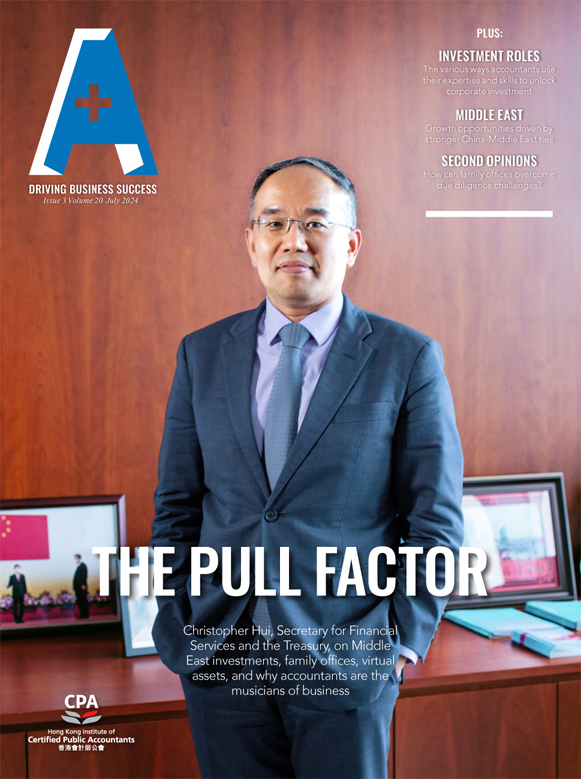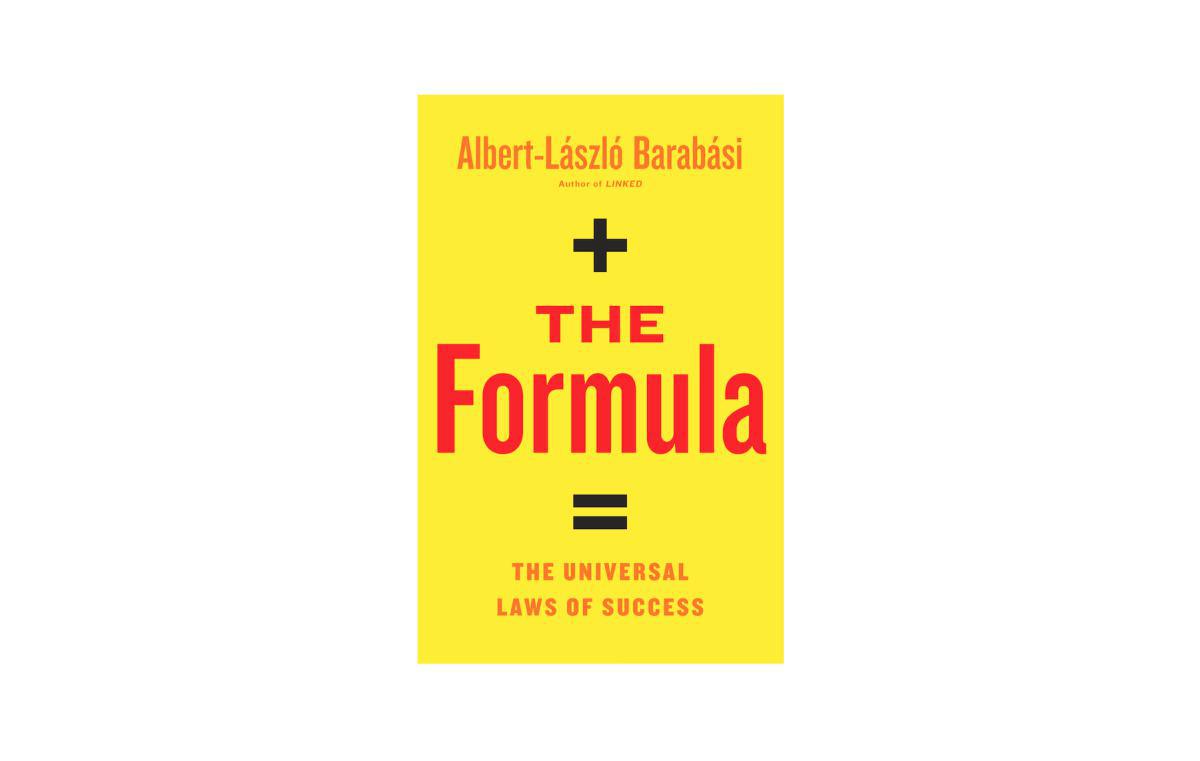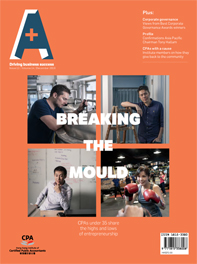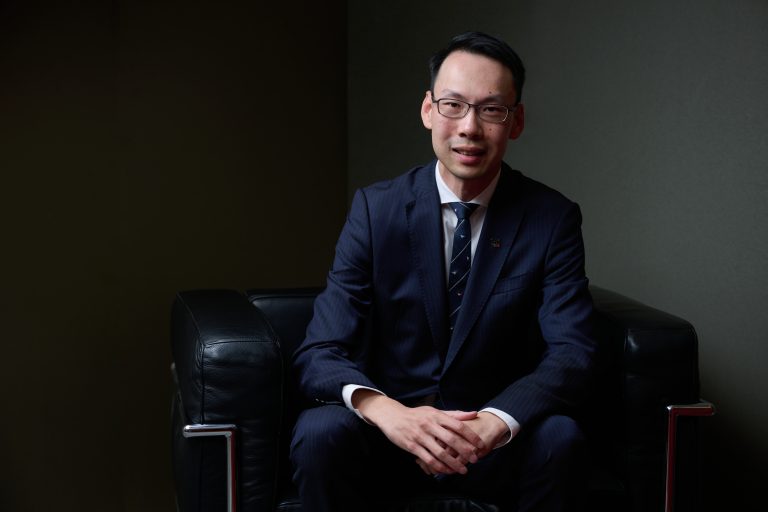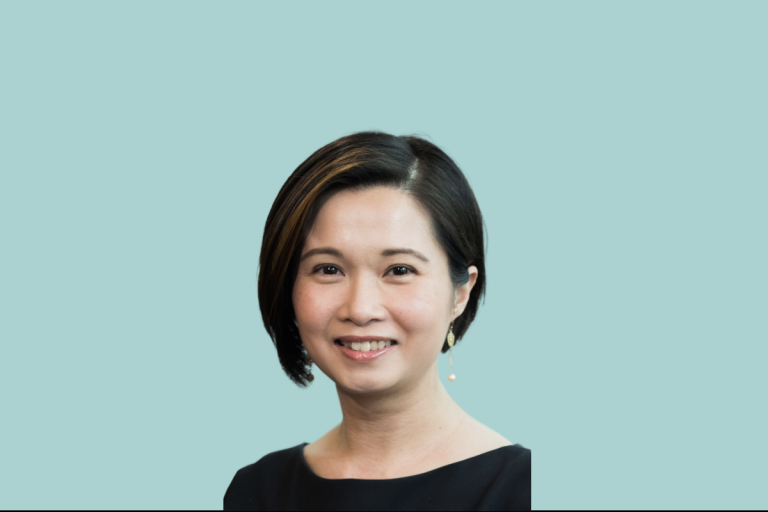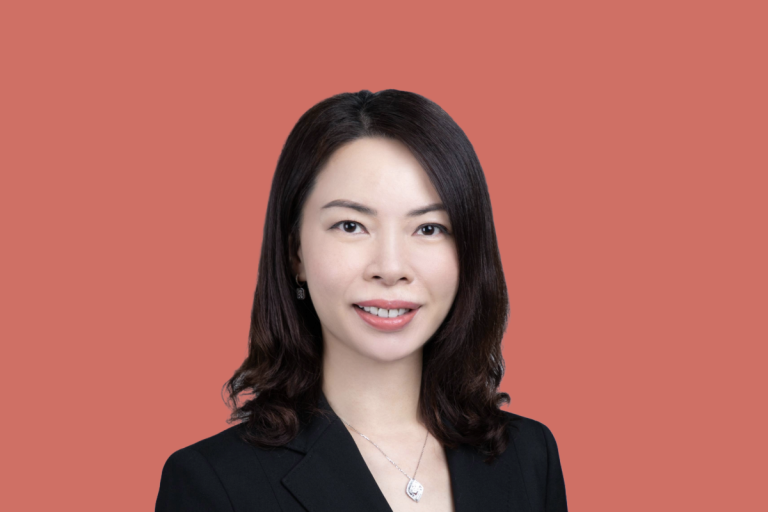Judging from the number of self-help and business advice volumes available from Hong Kong’s online retailers and the remaining bookshops they’re replacing, the Romanian-born American physicist Albert-László Barabási is probably fundamentally correct when he comments that “people have a deep hunger to understand what contributes to success.”
But few have, as Barabási has attempted in The Formula: The Universal Laws of Success, to measure that contribution through hard data. He assembled a team of researchers, including sociologists and business professors, to share findings and uncover what he calls the “recurring patterns” that drive human performance.
While the author and his team come up with a few equations, the problem with measuring non-physical entities such as “success,” is that there isn’t a constant definition. So Barabási simply invents one: “For the purposes of this book, we’ll be defining success along these lines: it is the rewards we earn from the communities we belong to.” He adds: “Your success isn’t about you and your performance. It’s about us and how we perceive your performance.”
Success can be measured many ways, Barabási notes, “recognition if you’re a collaborator, visibility if you’re a brand, renown if you’re an artist, album or ticket sales if you’re a musician, revenue if you’re in business or sales, earnings if you’re a banker, audience if you’re a playwright, citations if you’re a scientist, endorsements if you’re an athlete.”
The basic key to achieving those awards, he says, is largely learned abilities. “Success in tennis is determined by a single factor – strong athleticism,” Barabási writes. “If you’re a tennis player, keep your eye on the ball and perfect your game.” He adds: “You can’t be a successful lawyer without a solid command of knowledge that attracts clients. You can’t be a renowned architect without a strong background in structural engineering and a keen eye for design.”
But the world is littered with failed geniuses. The author cites the graffiti duo known as SAMO, regarded in the 1970s and 1980s as equally talented. But one of the duo, Jean-Michel Basquiat, died of a drug overdose at 27 and has remained a highly sought-after artist. The other, Al Diaz, is still alive and has languished in obscurity. “Basquiat and Diaz are a striking example of how people with a common beginning, experience wildly divergent outcomes,” Barabási observes, noting they differed in one essential aspect. “Diaz was a loner. Basquiat… was an unapologetic networker.”
Interaction is a key ingredient of success, according to Barabási. “We start by thinking hard about how to generate the initial momentum that we now know is essential to success, first by encouraging those who’ve already praised our creative projects to do so publicly.”
He cites research by Arnout van de Rijt, a Dutch experimental sociologist, who randomly selected 200 new Kickstarter crowdfunding projects whose donation tallies were zero. “He contributed a small amount of money to half of them and snubbed the other half, designating it as his control group,” Barabási writes. Those who received his initial donation more than doubled their chances of attracting further funds. “It doesn’t really matter who offers initial support, as long as someone does.”
Barabási spends little time on the importance of chance, although he observes: “Hollywood celebrities are known to call up the tale of their big break – when a fortunate encounter or a powerful acquaintance placed them in the public eye.”
The author bends some facts to suit his arguments, such as suggesting that fellow physicist Albert Einstein was unknown on his visit to the United States in 1923. (He had won the Nobel Prize in 1921 and had been the subject of a Hollywood silent film). Some of his prose is straight out of new age marketing: “The Fifth Law tells us that while success melts like a snowflake, creativity has no expiration date.”
Barabási deploys his expertise in network science to create equations in support of his theories, such as Previous success × fitness = future success. It is interesting to see a physicist try to unravel – and apply scientific rigour – to processes usually considered firmly in the realm of the humanities.
But understanding success requires more than assigning physics-like letters to ideas, so success is denoted as S and a random idea becomes r. Even the introduction of a new measure, the “Q-factor,” which reduces innovation to an equation, is unconvincing. A subjective idea like “success” cannot operate in a vacuum.
Author interview: Albert-László Barabási
Looking back on his own university days in Romania, Albert-László Barabási acknowledged his chances of success were somewhat grim. His parents were ethnic Hungarians, a minority purged from influence in the immediate post-Communist era after 1989.
“My father, a museum director, was suddenly stripped of his post and livelihood,” he recalls. “One day he was running a network of museums; the next day he was checking tickets on local buses.” The family went first to Hungary, and then to the United States.
Today, Barabási is Robert Gray Dodge Professor of Network Science at Northeastern University in Boston. His research, he says, is anchored by scientific concepts. “As a physics student, and then faculty, I was convinced that society works as physical systems,” he tells A Plus. “If there is action, there is reaction. Hence if there is performance, success will follow.”
He acknowledges that his conclusions are not universally applicable. “I learned that the connection between performance and success is not always straightforward,” he says. “As I discuss in The Formula, the link is only obvious between performance and success when performance is accurately measurable.”
Most of the examples in Barabási’s book are taken from wealthy and upper-middle-class families in the developed world, but he believes his conclusions apply to everyone. “The research clearly shows, that given your grades – that is, the combination of your previous education and talent – going to top schools does little to boost your long term success,” he says.
“Except,” he adds, “if you come from a low-income home, or you are minority – in which case [going to a] top school does make a difference. They help you find an outlet to your performance, and open doors, eventually boosting your long-term income.”
Barabási defends his playing down of chance in The Formula. “Luck favours only the prepared,” he argues. “I do not know who said this first, but our research confirms it. The last formula of the book, on the Q-model, is all about that. The Q-factor captures an individual’s ability to turn a random idea into a product.”
Q is key, Barabási argues. “If a person has a low Q-factor, he is unable to turn even a fabulous idea into a high-impact product,” he says. “The low Q-factor moderates the success of his project. The breakthroughs come from people with high Q-factor, who also stumble across, often by accident, a good idea, and are able to turn it, thanks to their high Q, into a very high-impact project.”
